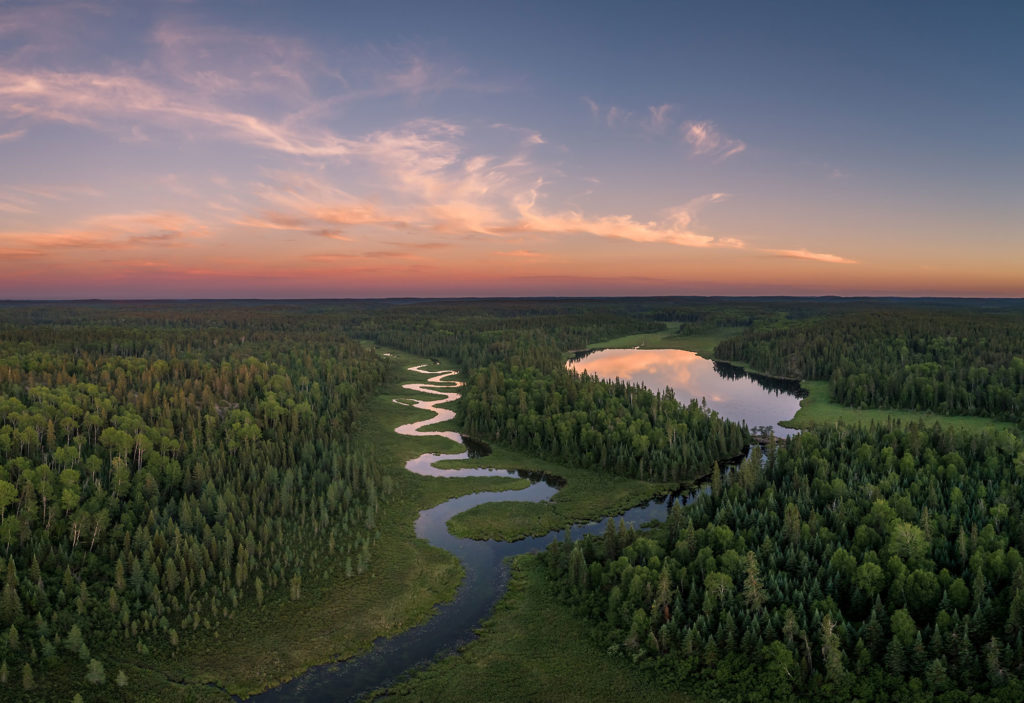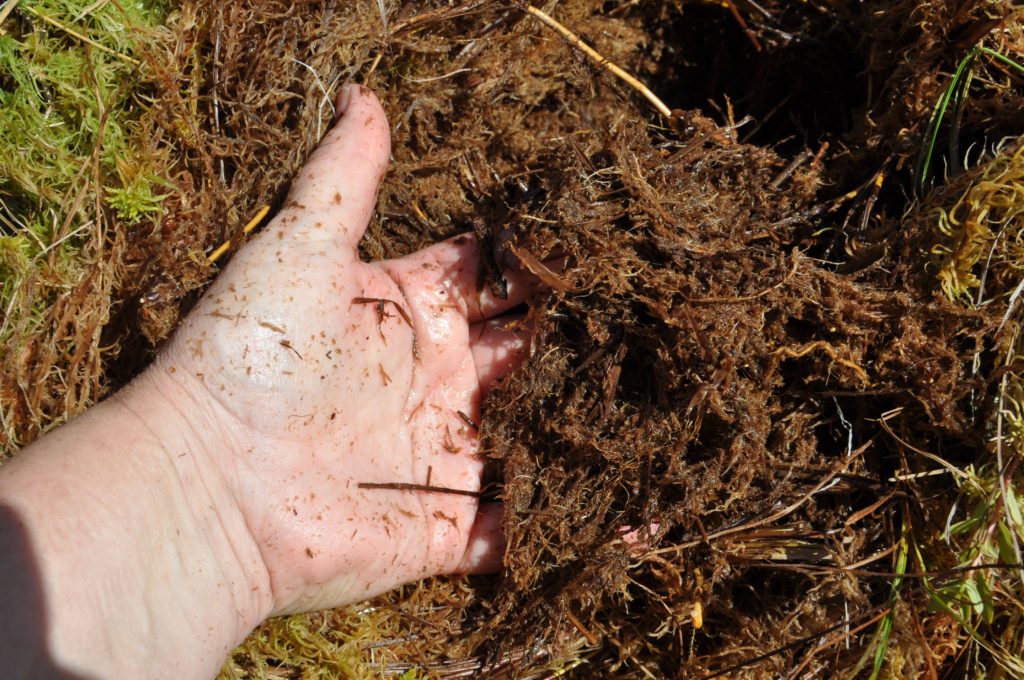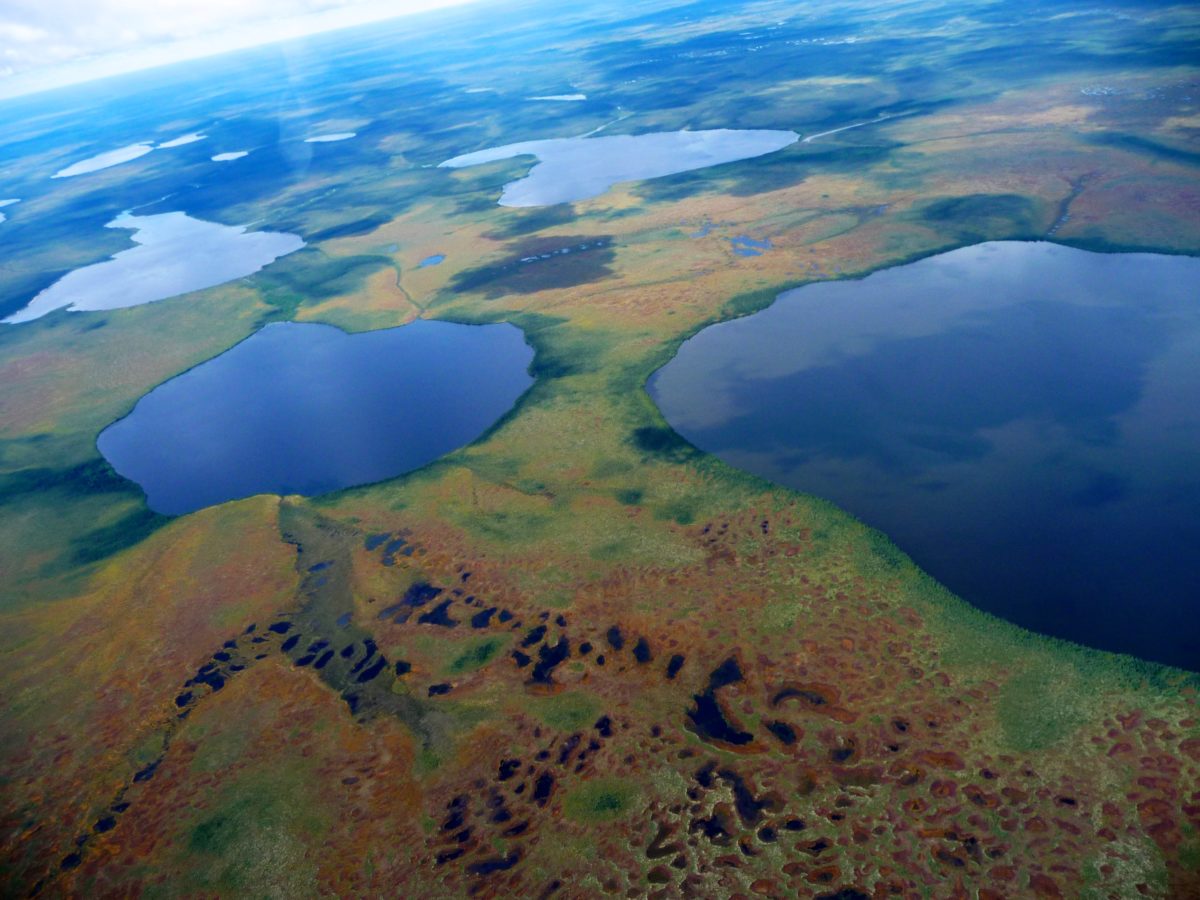Digging into soil carbon: How the ground under our feet can help fight climate change
If someone asked where to find most of the carbon in nature, you’d probably think of trees. Yes, it’s true that wood is basically a solidified form of carbon dioxide — and in the tropics, trees do the heavy lifting when it comes to carbon storage. But here in Canada, you’ll usually find the real answer by looking down, not up.
That’s because the champion of Canadian carbon is actually soil.

Our recent Mapping Canada’s Carbon Landscape report found that Canada holds 327 billion tonnes of carbon — 94 per cent of natural carbon in Canada is stored in the top one metre of soil, with 32 per cent of that found in peatlands.
In fact, the first metre of Canadian soils hold 20 per cent of global carbon even though Canada only makes up 6.7 per cent of the world’s landmass, indicating just how carbon-rich our soils are.
Where does all this carbon come from and where does it go?
Every day across the globe, trillions of trees, flowers, blades of grass, mosses and other plants are busy storing ever-more carbon. As they grow, they suck carbon out of the air through photosynthesis and turn it into plant material, like leaves, stems and roots.

Soil carbon stocks can increase over time as roots grow and as plants die and decompose, and this becomes carbon “storage.” Continued carbon storage occurring over time — years, decades, millennia — is called carbon “sequestration.” And ecosystems that store more carbon than they release back into the atmosphere are known as “carbon sinks.”
In other words, wherever there are plants, there is generally also soil carbon. This includes grasslands, wetlands, forests and, especially, peatlands, which are wetlands with partially decayed vegetation. Our carbon mapping study confirmed that boreal ecosystems are a particularly important carbon sink — equivalent to about 25 years of human-caused global greenhouse gas emissions at 2019 emission levels — with over 94 per cent of their carbon in soils, wetlands and peatlands and less than 6 per cent locked up in vegetation like trees.
The Hudson and James Bay lowlands, just south of Hudson Bay, are globally recognized as a carbon hotspot because of their carbon-dense peatlands. This role has led some Elders from the local Mushkegowuk First Nations to call this part of their territory the “breathing lands.”

Peatlands can store carbon for much longer periods of time than other ecosystems — in some cases, thousands of years. The deeper the peat, the more carbon it stores — so one square metre of peatland can store approximately five times the amount in one square metre of tropical rainforest! But this process is slow: in some cases, it can take approximately 10 years to accumulate one centimetre of peat.
What does this mean for wildlife?
Canadian wildlife — including iconic mammals like moose, wolverine, Canada lynx, pronghorn, beavers, and grizzly and black bears — depend on ecosystems that also happen to store large amounts of carbon.
When this land is converted (for example, to a road or agricultural land), degraded or destroyed — through human activities such as logging and mining — it not only affects wildlife populations, but the stored carbon can also be released back into the atmosphere, further accelerating the climate crisis.
On the other hand, stewarding grasslands, forests and peatlands — alongside restoring degraded ecosystems through tree planting and other measures — increases the amount of carbon stored in nature, helping to slow both climate change and biodiversity loss.
This is what nature-based climate solutions are all about: protecting, restoring and sustainably managing our important carbon storage ecosystems.

